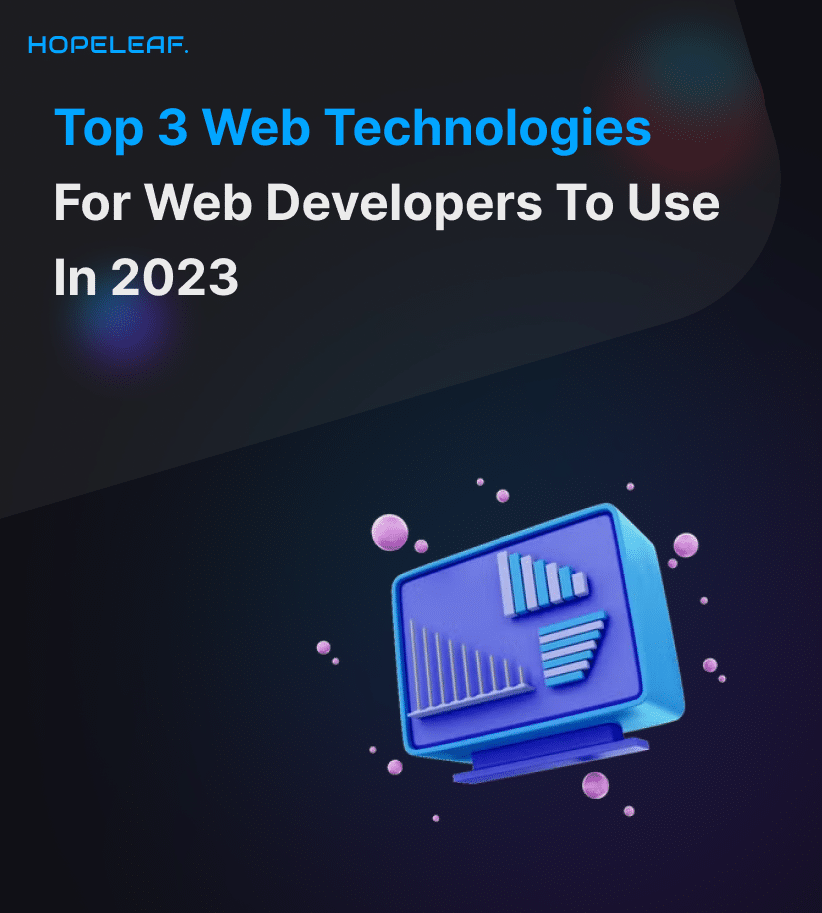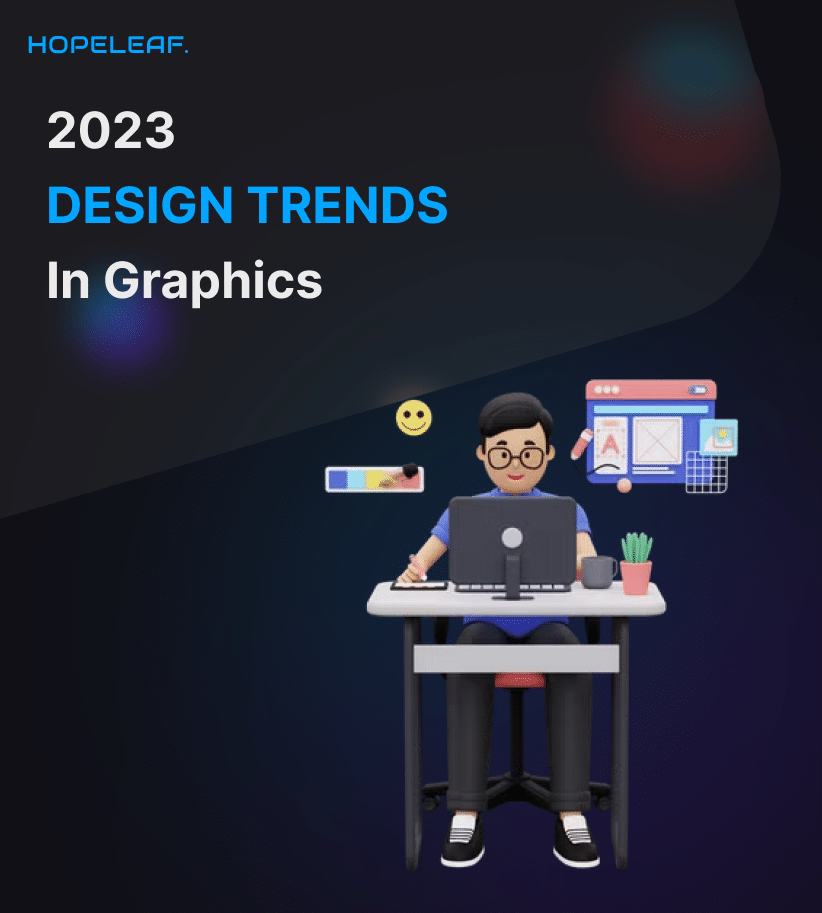Artificial Intelligence (AI) refers to the simulation of human intelligence in machines that are capable of learning, reasoning, problem-solving, and making decisions.
AI technologies encompass machine learning, neural networks, natural language processing, computer vision, robotics, and more. The field has gained tremendous momentum over the years, and 2023 promises to be another landmark year for AI with numerous advancements across various domains.
1. Key Developments in AI (Artificial Intelligence) This Year
1.1 Advancements in Machine Learning:
Machine learning, a subset of AI, involves the development of algorithms that allow systems to learn from data and improve their performance over time. In 2023, machine learning has seen several significant advancements:
- Transformer Models Evolution: Transformer-based models, such as OpenAI’s GPT-4, have continued to improve, exhibiting better language understanding, generation capabilities, and even demonstrating progress in common-sense reasoning.
- Few-Shot and Zero-Shot Learning: Researchers have made strides in few-shot and zero-shot learning, enabling models to generalize from very few examples or even no examples at all. This has the potential to significantly reduce the data required for training new AI models.
- Explainable AI (XAI): As AI systems become more complex, there’s a growing need for transparency and interpretability. In 2023, researchers have made progress in developing techniques that provide insights into how AI models make decisions, enhancing their trustworthiness.
1.2 Breakthroughs in Deep Learning:
Deep learning, a subset of machine learning inspired by the structure and function of the human brain, has paved the way for numerous AI breakthroughs:
- Generative Adversarial Networks (GANs) Advancements: GANs have continued to evolve, enabling the generation of more realistic images, videos, and audio. Applications range from art and entertainment to medical imaging and data augmentation.
- Neurosymbolic Integration: Researchers are making strides in combining symbolic reasoning with neural networks, bridging the gap between traditional AI approaches and modern machine learning techniques. This integration enhances the models’ ability to perform tasks that involve both logic and learning.
1.3 Progress in Natural Language Processing (NLP):
NLP focuses on enabling computers to understand, interpret, and generate human language. In 2023, NLP has achieved remarkable milestones:
- Conversational AI Enhancement: AI-powered chatbots and virtual assistants have become more sophisticated, offering more natural and contextually relevant interactions. This improvement is driven by advancements in language generation and understanding models.
- Multilingual Models: NLP models that can understand and generate text in multiple languages have made significant progress. This is crucial for bridging language barriers and facilitating global communication.
- Emotion and Sentiment Analysis: NLP models have become better at recognizing emotions and sentiments in text, enabling applications like social media sentiment analysis and customer feedback analysis.
1.4 Advances in Computer Vision:
Computer vision involves teaching machines to interpret and understand visual information from the world. In 2023, this field has witnessed notable developments:
- Object Detection and Segmentation: AI models can now accurately detect and segment objects within images and videos, leading to applications in autonomous vehicles, surveillance, and medical imaging.
- Image Synthesis: AI-powered image synthesis techniques have improved, allowing for the creation of highly realistic images and videos. This has applications in entertainment, design, and more.
- Augmented Reality (AR) and Virtual Reality (VR): AI is playing a pivotal role in enhancing AR and VR experiences, from real-time object recognition to creating immersive virtual environments.
1.5 Progress in Robotics and Autonomous Systems:
AI-driven robotics and autonomous systems are reshaping industries and daily life. In 2023, robotics has achieved notable milestones:
- Advanced Autonomous Vehicles: Self-driving cars have made significant progress, with improved perception, decision-making, and safety features. This paves the way for safer and more efficient transportation systems.
- Robots in Healthcare: AI-powered robots are being used in healthcare settings for tasks like surgery, patient monitoring, and drug delivery. These robots enhance precision and reduce the workload on medical professionals.
1.6 AI Ethics and Regulation:
As AI becomes more integrated into society, discussions around ethics, bias, accountability, and regulation have intensified:
- Ethical AI Development: Researchers and organizations are focusing on developing AI systems that are fair, unbiased, and aligned with human values. Efforts to mitigate biases in AI models and decision-making processes have gained prominence.
- Regulatory Frameworks: Governments and regulatory bodies around the world are working to establish guidelines and regulations for AI development and deployment. These frameworks aim to ensure responsible AI use and protect user rights.
2. Applications of AI in Various Industries
2.1 Healthcare:
AI is revolutionizing healthcare with applications such as disease diagnosis, personalized treatment plans, drug discovery, and telemedicine. AI-powered algorithms can analyze medical images, predict disease outbreaks, and assist in early diagnosis.
2.2 Finance:
In the financial sector, AI is utilized for fraud detection, algorithmic trading, credit scoring, and customer service. AI models can analyze vast amounts of financial data to identify patterns and make informed predictions.
2.3 Manufacturing:
AI-driven automation and predictive maintenance have transformed manufacturing processes. AI-powered robots and machines optimize production lines, reduce defects, and improve efficiency.
2.4 Retail:
Retailers leverage AI for demand forecasting, personalized marketing, and inventory management. Chatbots and virtual shopping assistants enhance customer experiences both online and offline.
2.5 Agriculture:
AI applications in agriculture include crop monitoring, disease detection, precision farming, and yield prediction. Drones and AI-powered sensors provide farmers with real-time insights into their fields.
2.6 Entertainment:
AI-generated content is becoming prevalent in the entertainment industry. AI is used for creating music, art, video game characters, and even writing scripts.
3. Future Outlook and Challenges
As AI continues to progress in 2023, there are several key trends to watch:
- Continued Model Scaling: AI models will likely continue to grow in size and complexity, enabling them to perform more intricate tasks but also raising concerns about computational resources and environmental impact.
- Interdisciplinary Research: The integration of AI with other fields like biology, physics, and social sciences will lead to innovative solutions for complex real-world problems.
- Responsible AI: Efforts to address bias, transparency, and ethical considerations in AI will gain even more prominence, ensuring that AI technologies are developed and used responsibly.
However, AI also faces various challenges:
- Ethical Dilemmas: As AI becomes more autonomous, it raises questions about moral and ethical decisions made by machines.
- Privacy Concerns: The increased use of AI in data analysis and decision-making raises concerns about user privacy and data security.
- Job Displacement: The automation of tasks through AI and robotics may lead to job displacement in certain industries, necessitating reskilling and workforce adaptation.
The developments in artificial intelligence in 2023 are shaping the present and future of various industries. From advancements in machine learning and deep learning to breakthroughs in natural language processing, computer vision, and robotics, AI is transforming the way we live and work. As AI technologies continue to evolve, the focus on responsible development, ethics, and regulation will play a crucial role in harnessing the full potential of AI while mitigating its challenges.





